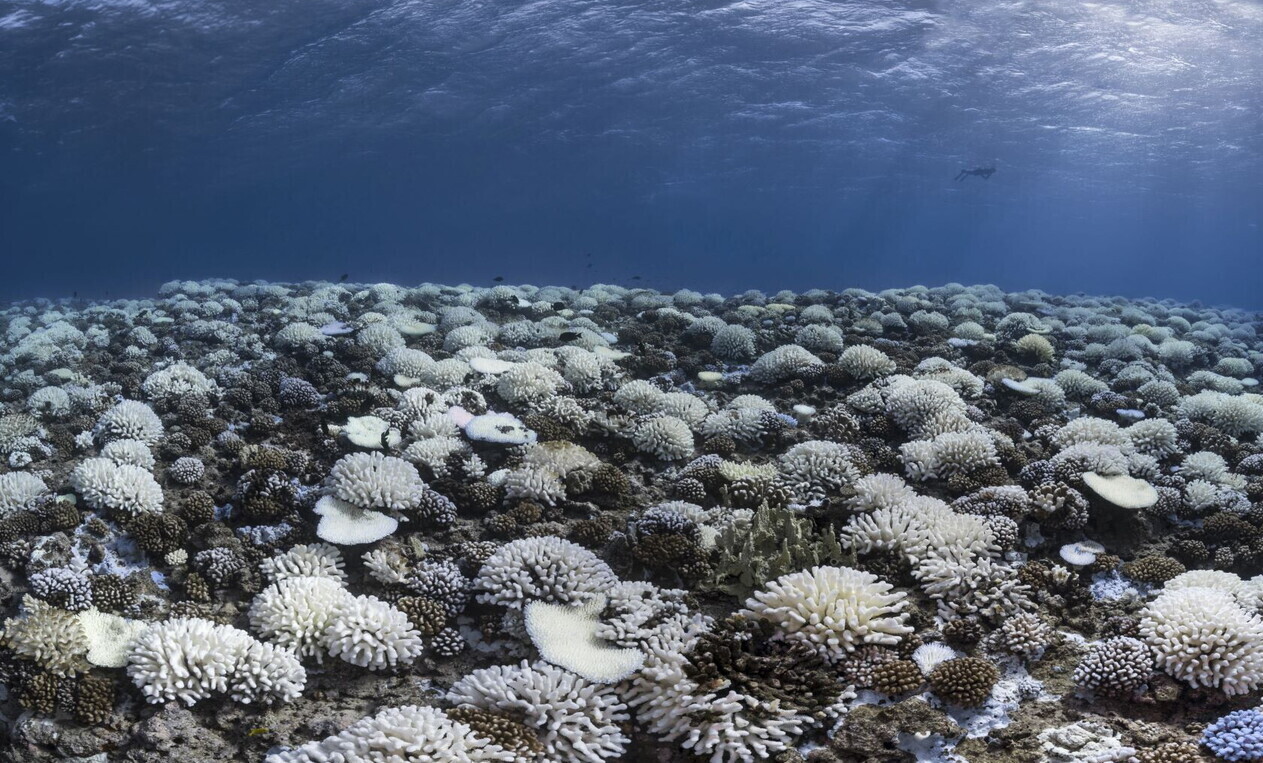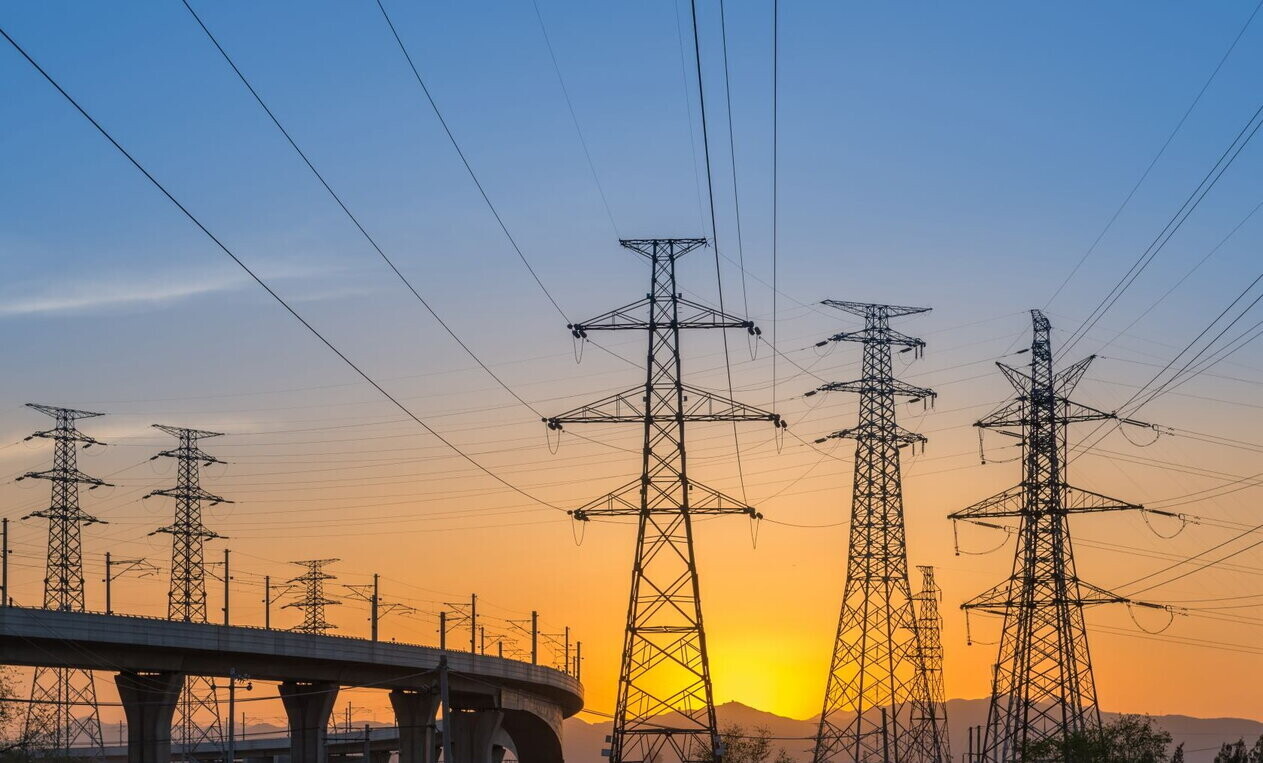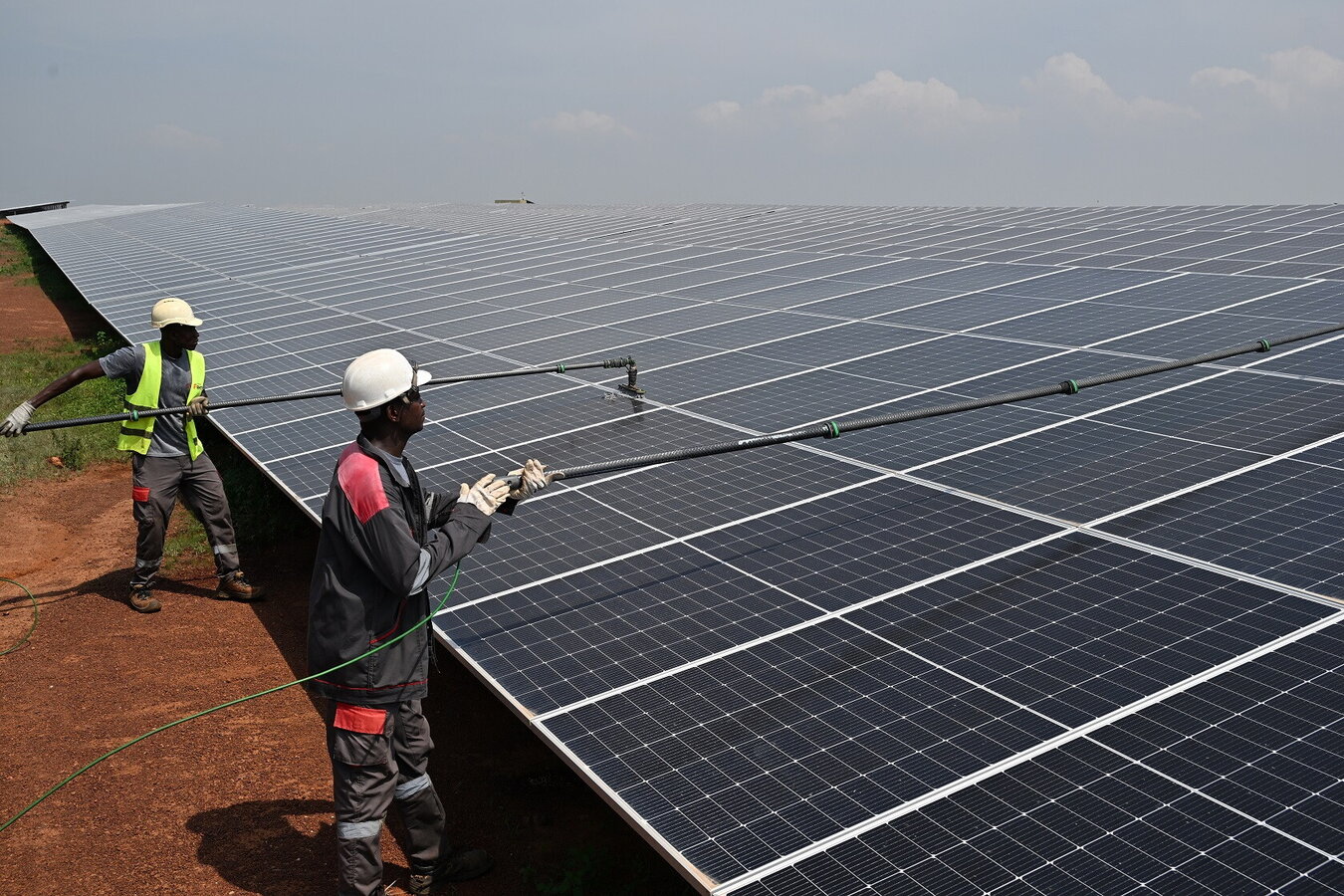
Energy at risk
The impacts of climate change
Global warming is driving more frequent extreme weather events, directly impacting energy supply chains and the resilience of critical infrastructure. The effects include power system disruptions, rising costs, and serious socio-economic consequences. A robust adaptation strategy is urgently needed
12 minCritical infrastructure continues to expand, with more services —especially digital ones— relying on its reliable operation. These systems now face two types of challenges: deliberate threats and a growing number of disruptions from accidental, natural, and climate-related events. Climate change, driven by human activity, is intensifying extreme weather, directly affecting supply chains, energy production, and the resilience of physical infrastructure. The consequences are broad: power system disruptions, rising operational costs, widening infrastructure funding gaps, and serious societal and economic impacts.
Recent and well-known examples include the massive 2022 power outages in the Buenos Aires region, where a historic heatwave left around 700,000 people without electricity; the 2020 freezing rain in the Russian Far East, which coated power lines and cut off power to hundreds of thousands of homes for several days; and summer droughts in Europe that have reduced output from nuclear, hydro, and thermal generation just as heatwaves were driving power demand to peak levels.
Risks arise from several factors. First, critical infrastructure is built for long-term operation, but most facilities were designed with the assumption that future climate conditions would mirror those of the past —a premise that no longer holds. Climate models quickly become outdated. Second, many of these systems rely on fragile components and offer limited redundancy, making them more vulnerable to disruption.
A focus on maritime and underwater impacts
The maritime and underwater domains are especially vulnerable, hosting rich biodiversity and playing a key role in regulating the global climate by cycling heat, water, and elements such as carbon. Rising ocean and seafloor temperatures are driving more severe weather patterns —altering ocean currents, intensifying storm surges, and strengthening hurricanes. These shifts pose risks to both coastal infrastructure, such as landing stations and terminals, and underwater assets like pipelines and cables. At the same time, climate change is reshaping infrastructure development, particularly in the Arctic, where melting ice is opening new navigation routes and project opportunities. Meeting these challenges will require innovative regulation and significant financial investment to adapt infrastructure systems.

The rising frequency and intensity of extreme weather events are a direct result of climate change and are increasingly impacting maritime infrastructure. In particular, warming ocean temperatures —both at the surface and on the seafloor— are amplifying storm-related risks. Stronger winds and sharper drops in barometric pressure are fueling more destructive storm surges and hurricane activity across oceanic, sea, and coastal regions. Research shows that extreme weather events on the high seas tripled over the course of the twentieth century. Projections suggest that ocean warming will continue throughout the 21st century, with both surface and deep sea temperatures increasing. The greatest warming is expected in the tropics, North Pacific, and Arctic Ocean, where temperatures could rise by more than 4°C under worst-case emissions scenarios.
Rising sea temperatures are significantly altering ocean circulation patterns. One of the most concerning developments is the documented weakening of the Gulf Stream system, which scientists are watching with increasing alarm. If this critical current continues to decline —or collapses entirely— it could have far-reaching, severe consequences for global climate patterns, marine ecosystems, and coastal regions. Ocean currents also influence the accumulation of debris on the seafloor, and changes in their direction or strength may pose additional risks to submarine infrastructure.
Climate change is introducing new risks by shifting natural phenomena into regions historically unaffected, exposing submarine infrastructure to threats in areas unprepared for such events. One example is the “tropicalization” of weather patterns, which could bring hurricane-strength cyclones to previously sheltered regions such as European coastal zones and northern Atlantic waters. While the full effects will unfold over time, many existing underwater systems are already vulnerable to these climate-driven hazards. Closing this adaptation gap will require substantial investment in prevention and resilience —particularly in regions like Europe and the Mediterranean, where extreme weather events are becoming increasingly unprecedented.
Ocean acidification
Beyond warming oceans, greenhouse gas emissions are altering the chemical composition of seawater through acidification and oxygen depletion. While falling oxygen levels primarily threaten marine life, increasing ocean acidity poses serious risks to both natural ecosystems and human-made maritime infrastructure. IPCC projections indicate that ocean acidity could rise by up to 150 percent if carbon emissions continue unabated. Acidification increases the corrosiveness of sea water —a concern considering the use of steel reinforcements in concrete structures. In the coming decade, this could accelerate the deterioration of protective coatings on submarine pipelines and cables, leading to faster structural degradation and higher maintenance costs over time.
Climate change will also have serious effects on coastal areas, particularly at the interface between underwater infrastructure and land-based networks, such as landing stations. Meltwater from glaciers and ice sheets, along with the thermal expansion of seawater, has already caused a global average sea-level rise of 3.2 mm per year. This rise increases the risk of coastal erosion, more frequent storm surges, and a higher incidence of flooding —all of which threaten the integrity and operation of critical coastal infrastructure.
Climate change is also reshaping where infrastructure can be developed, with particularly significant effects in the Arctic. As ice cover continues to retreat, larger areas of the Arctic Ocean are becoming navigable for longer periods each year. If current trends persist, the region could see ice-free summers as early as 2035. These changes are prompting new plans for telecommunication infrastructure, including subsea cable projects. One example is the Russian Optical Trans-Arctic Submarine Cable System, which aims to connect Japan with the Russian Arctic, with branches extending to South Korea and China. A similar effort, the Arctic Connect subsea cable —a Finnish-led initiative launched in 2015 to link Europe and Asia via the Northern Sea Route— was suspended in 2021 due to escalating tensions between Europe and Russia.

Addressing the risk: what Europe is doing to adapt
The expected rise in climate-related damage to infrastructure —both maritime and terrestrial— across Europe in the coming decades has strengthened the European Union’s push to make climate change a central focus of its budget and policy agenda. While current projections carry uncertainty, they still offer valuable insights. In particular, the geographic and sectoral distribution of anticipated economic impacts can help identify regions and industries most in need of investment to improve the climate resilience of both existing and future infrastructure. These findings highlight the importance of embedding climate adaptation across a broad range of EU policy initiatives and financial instruments.
Europe is expected to face a steady and intensifying rise in multi-hazard, multi-sector damage in the coming decades. Given the deep interdependencies within modern infrastructure networks, it is essential to adopt collaborative, cross-sector approaches to climate adaptation and resilience. Integrated planning acknowledges that vulnerabilities in one sector can trigger cascading effects across others, making coordinated strategies far more effective than isolated, sector-specific measures.
From a regulatory standpoint, Europe has already begun addressing the challenge, notably through its 2021 EU Strategy on Adaptation to Climate Change. This strategy emphasizes climate-resilient infrastructure and builds on the 2018 stocktake titled “Climate Change Adaptation of Major Infrastructure Projects”, which aimed to identify ways to strengthen the climate resilience of the EU’s infrastructure network.
The stocktake found that many infrastructures originally designed for long operational lifespans are struggling to adapt to changing climate conditions, leading to rising maintenance and repair costs. Harmonizing regulatory frameworks across Member States will be increasingly important to avoid cascading failures. In response, the first von der Leyen Commission expanded the mandate of European Standardisation Organisations to incorporate climate considerations into infrastructure standards and encouraged Member States to improve coordination on transnational infrastructure development.
Previous EU efforts to establish a broad framework for critical infrastructure have largely overlooked the climate crisis. The 2006 European Programme for Critical Infrastructure Protection (EPCIP), for example, does not mention climate change or climate-induced disasters as risks.
By contrast, the 2023 directive on the resilience of critical entities marks a step toward a more comprehensive regulatory approach. It explicitly cites climate change as a driver of more frequent and severe extreme weather events that can reduce infrastructure capacity, efficiency, and lifespan. However, the directive stops short of defining a common EU-wide framework for what constitutes critical infrastructure, leaving it largely to Member States to make that determination within their own national contexts.
The directive provides only broad criteria aimed at achieving a “minimum level of harmonisation” and offers a general categorization of sectors: energy, transport, banking, financial markets, digital infrastructure, health, public administration, space, food, and water. In trying to be all-encompassing, it overlooks a key distinction —between land-based infrastructure and infrastructure in maritime and underwater domains. And while climate is acknowledged as a threat, the directive does not propose specific adaptation strategies or resilience measures to address it.
Europe still lacks an adequate adaptation framework to address the climate-related risks facing critical infrastructure, particularly in the maritime domain. Sector-specific regulations are notably absent. This gap is especially urgent in congested chokepoints like the Baltic Sea and in areas where underwater infrastructure links the EU with third countries, such as the English Channel and the North Sea.
In some Member States, responsibilities for protecting critical infrastructure and responding to damage —including from natural disasters— fall to military or naval forces. This further complicates efforts to establish a unified regulatory framework, particularly when military and non-EU actors are involved.
To address these challenges, the EU should supplement its Adaptation Strategy with permanent coordination groups that include climate experts, infrastructure regulators and operators, and military representatives. These groups should be tasked with regularly assessing risks and threats to critical infrastructure arising from climate change and helping to shape a more coherent and effective response.

